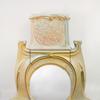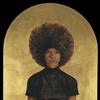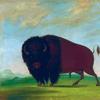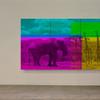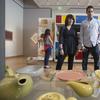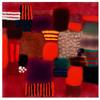Revel in Fabulous Fabergé Imperial Easter Eggs
- April 09, 2020 11:47
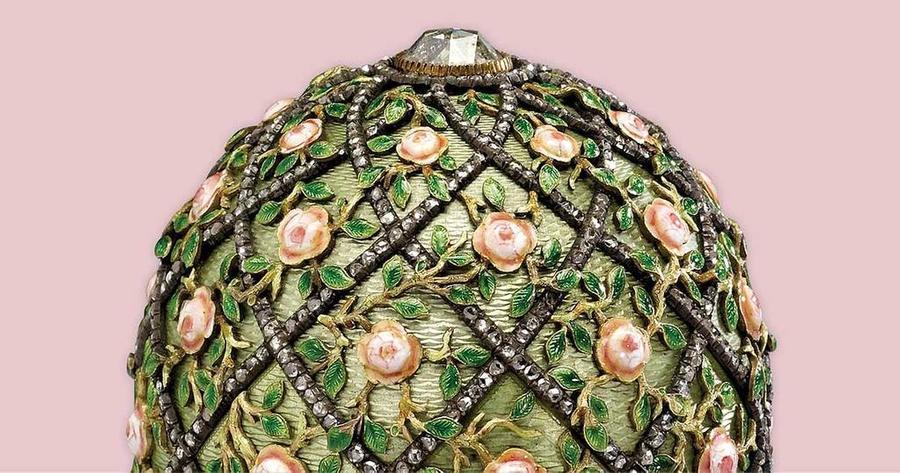


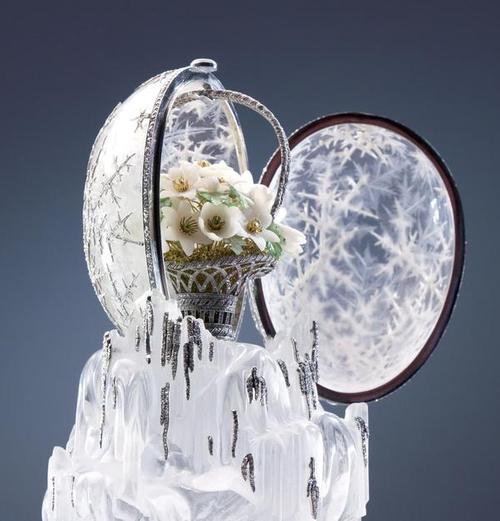
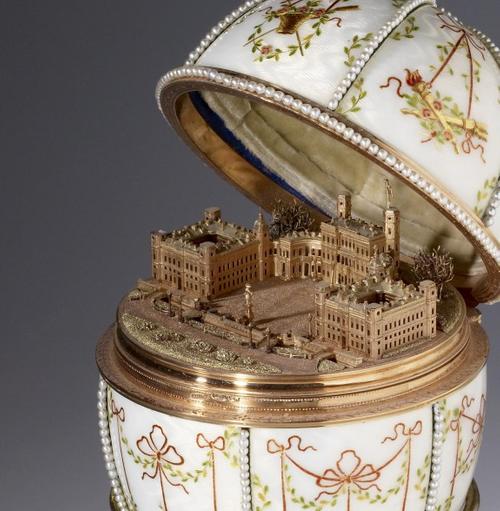
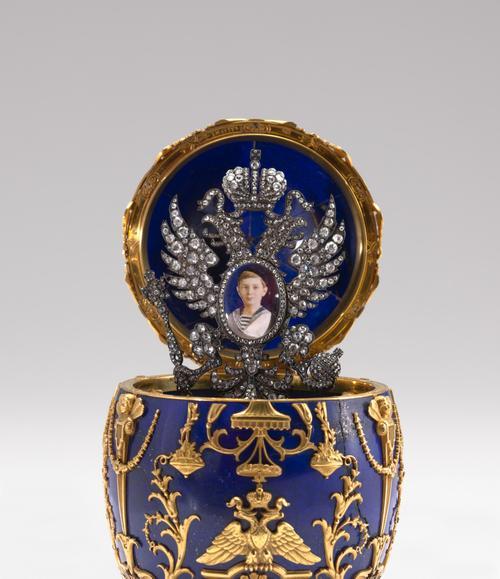

Easter eggs are among the most fabled and intricately-crafted treasures from the firm of Peter Carl Fabergé (1846-1920), the legendary jeweler to the court of Russia.
Fabergé’s extraordinary Imperial Eggs with hidden surprises inside were commissioned as Easter gifts from the last two Tsars for their Tsarinas and the Dowager Empress. A "surprise" might be a realistic, jeweled figure, embellished picture frame with photo of a loved one, or perhaps the most cherished—a mechanical animal figurine. Only 52 Imperial Eggs were made and 46 are known to survive.
The stunning discovery in 2014 of a long-lost imperial Easter egg—Tsar Alexander III’s 1887 Easter gift to his wife, Tsarina Maria Fedorovna—by a scrap metal dealer in the American Midwest made headlines and sparked renewed interest.
In northwest Washington, D.C., the Hillwood Estate, Museum and Gardens, the historic house museum comprising the collections of Marjorie Merriweather Post, feature nearly 90 pieces of Fabergé, including two imperial Easter eggs. Twelve Monograms Egg was recently discovered to be one of the two imperial Easter eggs fabricated in 1896, a gift of Nicholas II to his mother. The surprise for this egg is missing and is thought to have included Alexander III portrait miniatures studded with sapphires.
"Marjorie Post was a serious collector and approached the collecting of Fabergé as she did her important collection of French 18th-century and Russian imperial art, as an avid student and connoisseur,” explained Hillwood Museum executive director, Kate Markert, for the 2018 exhibition Fabergé Rediscovered.
The award-winning documentary Fabergé: A Life of Its Own is on iTunes, On Demand, DVD, and Blu-ray. The feature-length film reveals the story of the exquisite Winter Egg of 1913 commissioned by Tsar Nicholas II for his mother. Sold at auction in 2002 to a private collector for $9.6 million (estimated to be worth $60 million in 2017), the Winter Egg is generally perceived by Fabergé authorities to be among the most spectacular and desirable Fabergé objects ever produced.
Made of rock crystal carved to resemble frost patterns, the Winter Egg is ornamented with platinum and studded with over 3,000 diamonds. It rests on a base designed to look like a block of melting ice. The surprise inside the semi-transparent egg is a delicate platinum trellis basket holding tiny flowers made from white quartz, nephrite, gold, and garnets set in “moss” made of gold.
Winter Egg was designed by Alma Pihl, a 23-year-old woman who worked for Fabergé in St. Petersburg. A distinct anomaly as a female designer in the male-dominated studio, Pihl won the commission after designing a series of diamond snowflakes for a Fabergé client.
In Balitmore, Walters Art Museum’s collection has the Gatchina Palace Egg and the Rose Trellis Egg, both featured in the 2017-18 exhibition Fabergé and the Russian Craft Tradition, An Empire's Legacy and its accompanying book (edited by Margaret Trombly).
The Gatchina Palace Egg opens to reveal as a surprise a miniature gold replica of the palace at Gatchina, located 30 miles southwest of St. Petersburg. Built for Count Grigorii Orlov, the palace was acquired by Tsar Paul I and served as the winter residence for Alexander III and Marie Fedorovna. So meticulously did Fabergé's workmaster, Mikhail Perkhin, execute the palace that one can discern such details as cannons, a flag, a statue of Paul I (1754-1801), and elements of the landscape, including parterres and trees.
From the Virginia Museum of Fine Arts collection, the Imperial Tsarevich Easter Egg was presented by Tsar Nicholas II to his wife, Empress Alexandra Feodorovna, in 1912, and the "surprise" pictures their ill-fated son. (The Romanav family perished in the Russian Revolution in 1918.)
The egg is cleverly constructed to appear as if it is carved from a single piece of lapis lazuli. It actually has six lapis lazuli sections. The joints are concealed under the elaborate gold decorations that include double-headed eagles, a symbol of imperial Russia.
View more Fabergé Imperial Eggs on the firm's website. Note, several of the most famous imperial eggs from the Forbes collection were purchased by Russian mogul Viktor Vekselberg in 2004 and went on display at the Fabergé Museum in St. Petersburg. One work is the last Easter gift from Alexander III to his “sweet Minnie,” the Renaissance Egg, based on the motifs of a jewelry box by the jeweler Le Roy from the Grünes Gewölbe (Green Vault), the treasure room (recently ransacked) of the Saxon rulers in Dresden, where Carl Fabergé had lived for several years.








